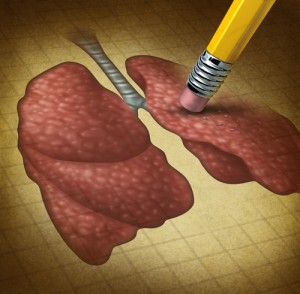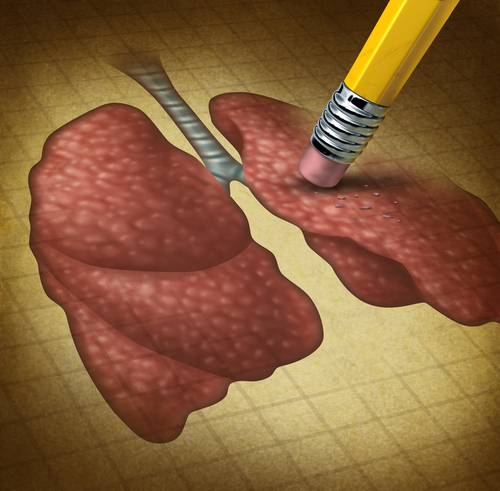 A new study entitled “p63+/Krt5+ distal airway stem cells are essential for lung regeneration” unravels the regenerative capacity of a group of lung stem cells and highlights their potential use in future therapeutics for lung diseases. The study was published in the online issue of Nature.
A new study entitled “p63+/Krt5+ distal airway stem cells are essential for lung regeneration” unravels the regenerative capacity of a group of lung stem cells and highlights their potential use in future therapeutics for lung diseases. The study was published in the online issue of Nature.
It has been reported that some patients affected by large losses of pulmonary tissue, as a result of diseases such as necrotizing pneumonia or acute respiratory distress syndrome, are capable of recovering the lost tissue and regaining full pulmonary capacity in a relatively short period of six months. This suggests that lungs have a regenerative potential, but the mechanisms remain poorly understood.
A team of researchers at Jackson Laboratory tackled this issue and previously showed that a group of adult lung stem cells, known as p63+/Krt5+, that express Trp63 (p63) and keratin 5, localized in distal airways, were crucial for lung regeneration in mice infected by the H1N1 influenza virus (these mice exhibit losses of lung cells due to increased inflammation, but lungs recover within weeks).
[adrotate group=”7″]
Now, the team of researchers led by Jackson Laboratory Professors Frank McKeon, Ph.D. and Wa Xian, Ph.D. discovered, using the same mice, that p63+/Krt5+ cells, in response to lung damage, proliferate and assemble into structures where oxygen exchange occurs, the alveoli, at the site of lung inflammation, thus regenerating the damaged tissue. When the authors selectively removed these cells in mice lungs, the regenerative process was blocked leading to formation of scars and impaired oxygen exchange. The team performed further studies and demonstrated that p63+/Krt5+ cells, once isolated and transplanted into damaged lungs, are capable of differentiating into several lung cells, including pneumocytes (type I and II) and bronchiolar secretory cells, contributing to de novo formation of alveoli.
These results underscore the potential of using these cells in future stem cell-based therapies to treat acute and chronic lung diseases, particularly where lung damage occurs.

